In Photos: Chilean Mummy Shows Signs of Arsenic Poisoning
Tarapaca Valley
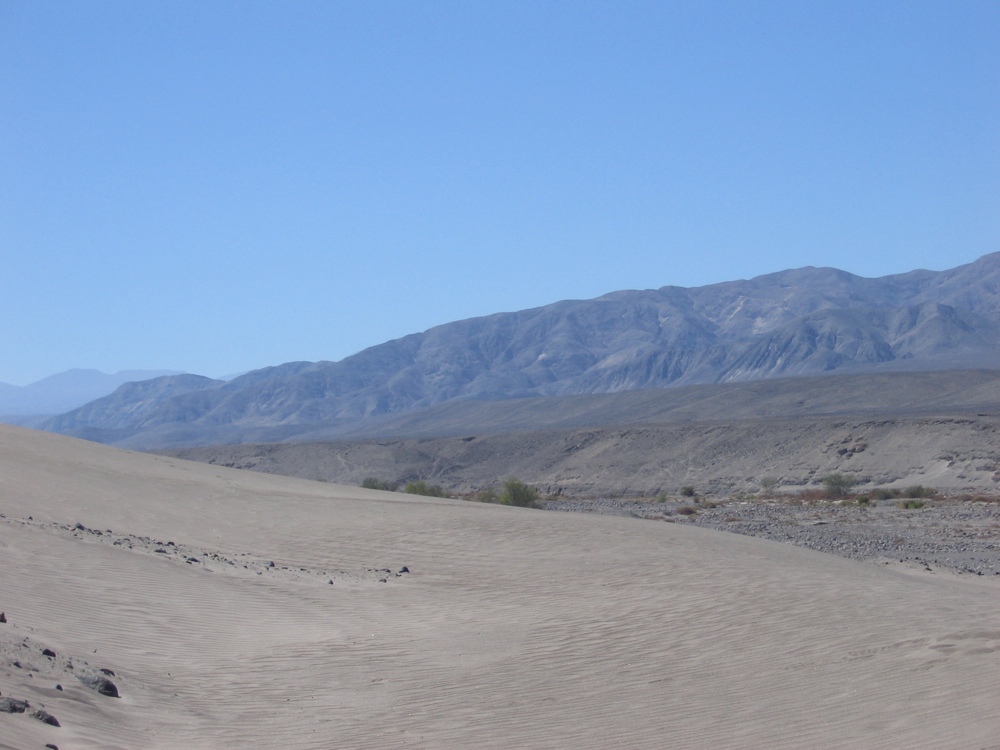
People of numerous pre-Columbian civilizations in northern Chile, including the Incas and the Chinchorro culture, suffered from chronic arsenic poisoning due to their consumption of contaminated water, new research suggests. Shown here, the Tarapaca Valley in Chile's Atacama Desert view from the north, where the mummy analyzed for the study was found.
Locus 9
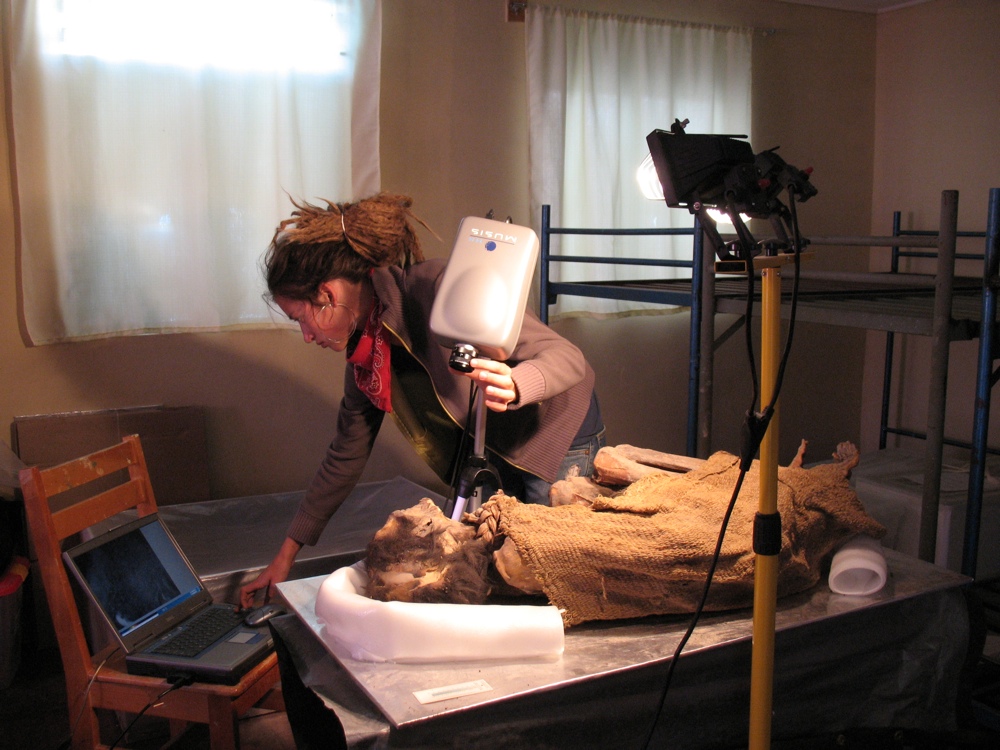
A student participating in the field school trained to use a portable multispectral imaging system taking some measurements on mummy Locus 9, which is described in the new study.
UCLA field school
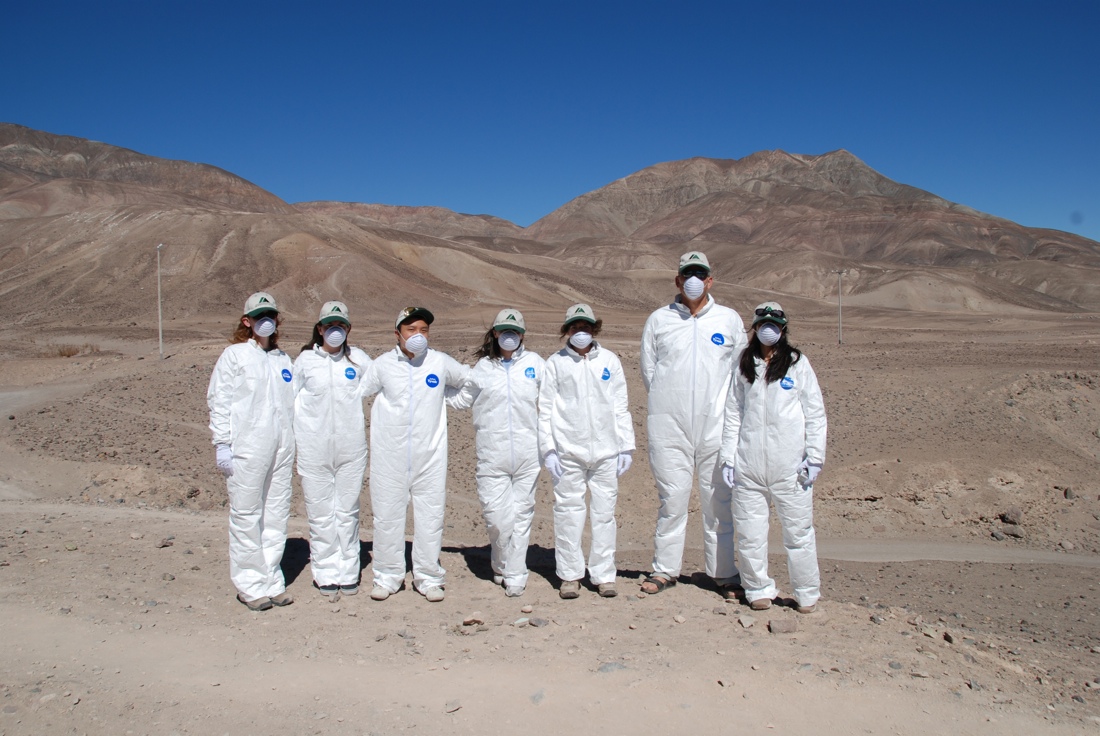
Lead study author Ioanna Kakoulli, an archaeological scientist at UCLA, (far right) stands next to co-author Christian Fischer and students who were participating in a UCLA field school on archaeological conservation science.
Mummy imaging
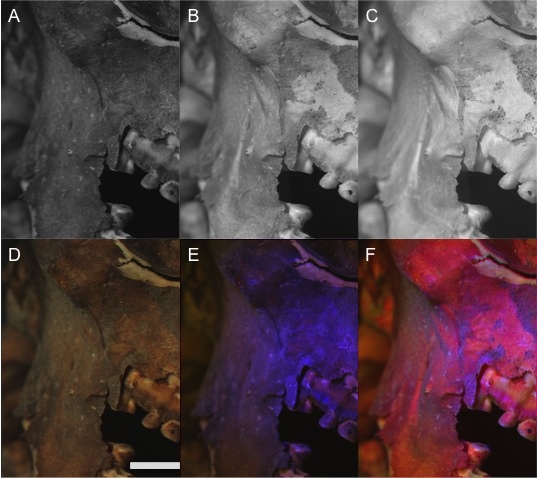
In the new study, scientists used a range of high-tech methods to analyze hair samples from a 1,000- to 1,500-year-old mummy from the Tarapacá Valley in Chile's Atacama Desert. They determined the high concentration of arsenic in the mummy's hair came from drinking arsenic-laced water and, possibly, eating plants irrigated with the toxic water.
Naturally Preserved
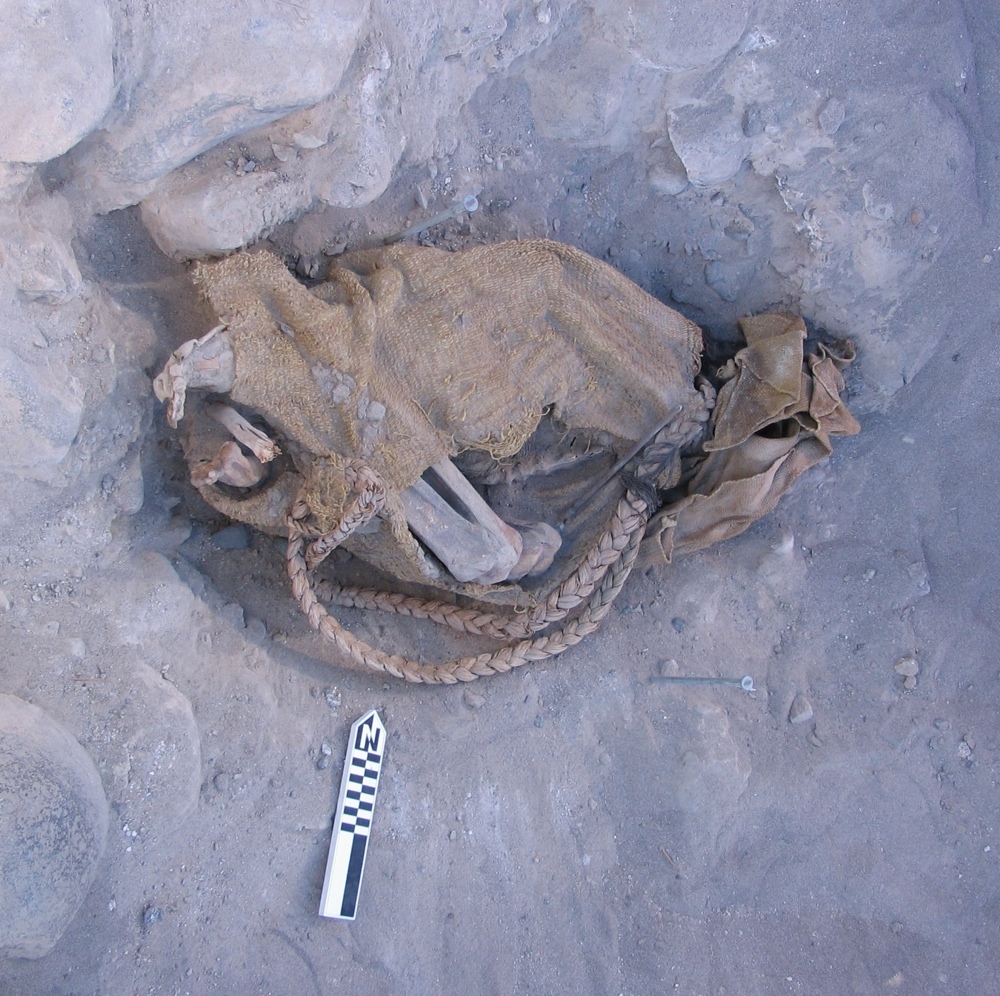
To learn more about the possible arsenic poisoning of the ancient people from northern Chile, Kakoulli and her colleagues looked at a naturally preserved mummy that was buried in the TR40-A cemetery in the Tarapacá Valley of the Atacama Desert. Using portable techniques that were noninvasive and nondestructive, they imaged and analyzed the mummy's skin, clothes and hair, as well as the soil encrusting the mummy.
Arsenic poisoning
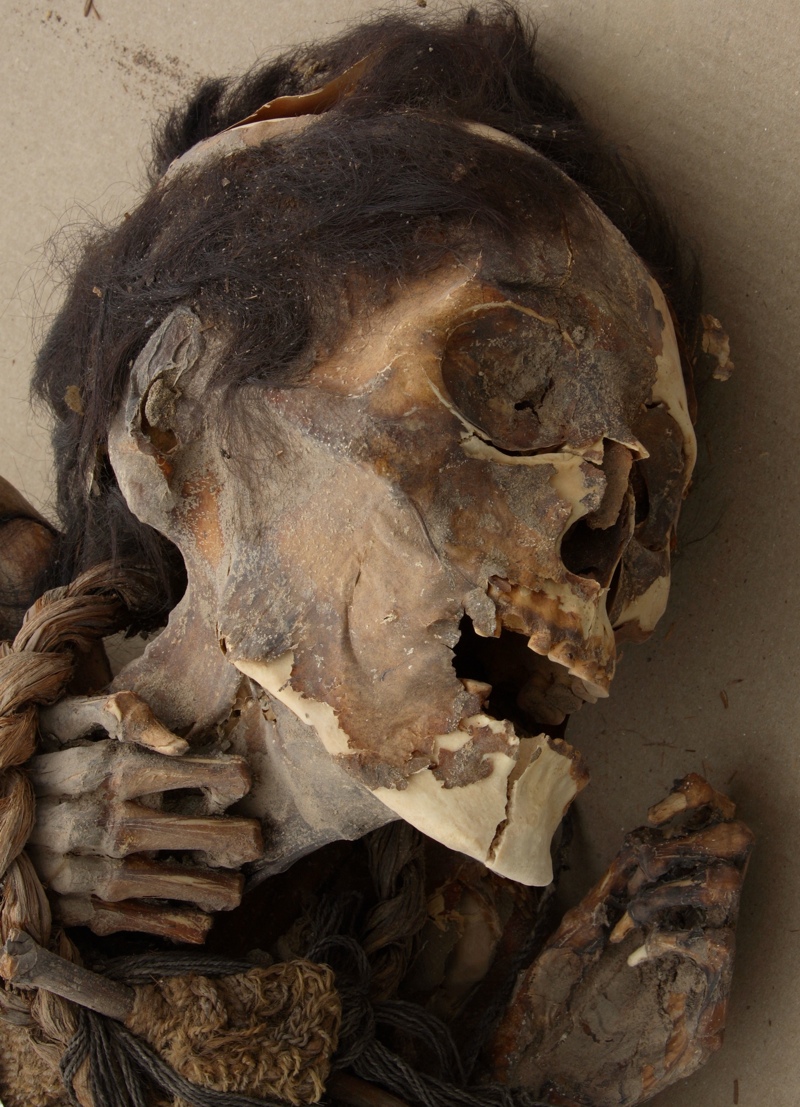
As expected, the team detected arsenic in the mummy's hair and in the soil. They also discovered skin conditions indicative of arsenic poisoning. Though these findings were suggestive of arsenic ingestion, they weren't definitive, so the researchers collected hair samples to analyze further in the lab.
Get the world’s most fascinating discoveries delivered straight to your inbox.



